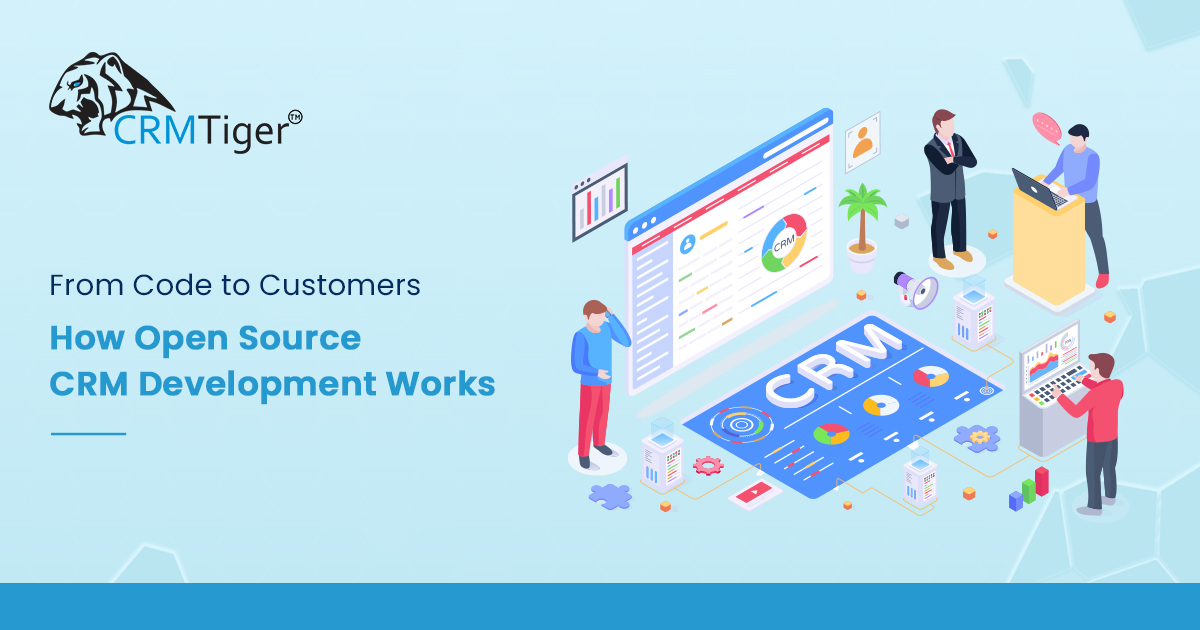
In the world of customer relationship management (CRM), open-source software has become a powerful force. It offers businesses the flexibility and customization they need while also fostering collaboration and innovation within the developer community. In this blog post, we’ll explore the journey from code to customers in open-source CRM development and understand how it works.
Understanding Open Source CRM Development:
- Open Source Philosophy: Open-source CRM software is built on the principles of transparency, collaboration, and community-driven development. The source code is freely available, allowing developers to study, modify, and distribute it.
- Community Contribution: One of the key aspects of open-source CRM development is community contribution. Developers from around the world can contribute code, fixes, and enhancements to the software, leading to rapid improvements and feature updates.
- Customization and Flexibility: Open-source CRM solutions provide businesses with the flexibility to customize the software according to their specific needs. This level of customization is often not possible with proprietary CRM systems.
The Development Process:
- Initial Development: The journey begins with the initial development phase, where developers collaborate to create the core features and functionalities of the CRM software. This phase involves coding, testing, and refining the software to ensure its stability and usability.
- Community Testing: Once the initial development is complete, the software is made available to the community for testing. This phase helps identify bugs, gather feedback, and make necessary improvements before the official release.
- Continuous Integration and Deployment (CI/CD): Open-source CRM projects often adopt CI/CD practices to automate the integration of new code and streamline the deployment process. This ensures that updates and enhancements are rolled out efficiently.
Engaging with Customers:
- User Feedback and Feature Requests: Open-source CRM developers actively engage with users to gather feedback and prioritize feature requests. This collaborative approach ensures that the software evolves based on real-world user experiences and needs.
- Community Support: The open-source community plays a crucial role in providing support to users. Forums, documentation, and online communities are often the go-to resources for troubleshooting issues and seeking assistance.
Monetization and Sustainability:
- Commercial Offerings: While the core open-source CRM software is free, developers often offer commercial versions or add-on services for businesses that require additional features, support, or customization.
- Sustainability Models: Open-source CRM projects adopt various sustainability models, such as donations, sponsorships, and partnerships, to ensure ongoing development and maintenance of the software.
Conclusion:
Open-source CRM development represents a collaborative and innovative approach to building customer relationship management solutions. From code contributions to community engagement and sustainable business models, the journey from code to customers in open-source CRM development is a testament to the power of collaboration and open innovation.
Hope you found this blog useful.
We would be happy to assist you.
Please contact us on info@crmtiger.com if you needed further help from us.
Let us know if you need more information on this


Leave a Reply